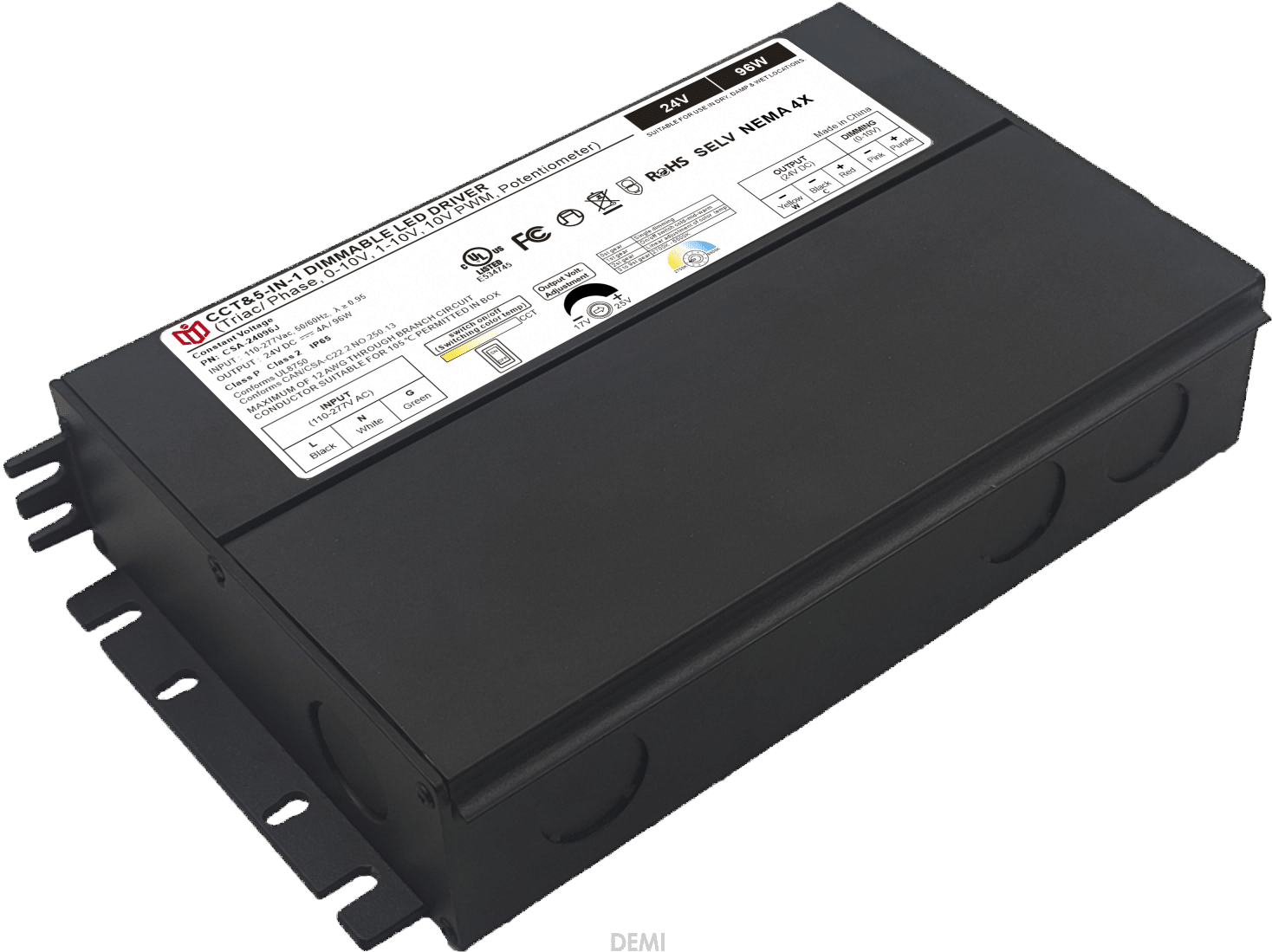Is the cost-effectiveness ratio of LED dimming power supplies really worth it?
When evaluating lighting infrastructure upgrades, few components spark as much debate as LED dimming power supplies. Proponents champion their transformative potential, while skeptics question whether the premium price tag justifies performance claims. Let’s dissect this critical decision matrix through three foundational pillars: immediate expenditure versus long-term gains, technical advantages beyond basic functionality, and real-world application outcomes.

Upfront Investment vs. Lifecycle Economics
At first glance, high-quality LED dimmers command prices 30–50% above standard non-dimming counterparts. This sticker shock often overshadows crucial context: these units typically last 15+ years under normal commercial use – nearly double the lifespan of conventional drivers. Consider a mid-sized office retrofitting 200 fixtures: while initial costs increase by $4,800 (assuming $24/unit premium), annual energy audits reveal average savings of $1,200 annually due to optimized power delivery across dimming ranges from 10–100%. Over five years, cumulative savings exceed initial outlay by 2.3x when factoring reduced maintenance schedules and fewer replacement cycles.
Performance Metrics That Matter Most
Beyond raw wattage reduction lies sophisticated load management. Premium models employ pulse-width modulation (PWM) at frequencies exceeding 2kHz, eliminating perceptible flicker while maintaining CRI values above 90 – vital for retail displays where color accuracy drives purchasing decisions. Field tests show that precision current control reduces thermal stress on LED arrays by up to 40%, directly correlating to slower lumen depreciation. For museum curators preserving fragile artworks or photographers requiring consistent light temperatures, this stability isn’t just preferable but mandatory.
Intelligent Ecosystem Integration
Modern installations increasingly treat power supplies as networked nodes rather than isolated components. Leading brands now offer Bluetooth mesh networks enabling zonal scene programming, occupancy sensing automation, and cloud-based analytics dashboards. A hospital wing implementing circadian rhythm lighting saw nurse productivity rise 17% post-installation, with corresponding patient recovery time improvements tracked through integrated health metrics platforms. Such synergies transform static lighting grids into adaptive environmental systems, creating value far exceeding illumination alone.
Case Study: Hospitality Sector Benchmarks
Luxury hotels provide compelling proof points. The Mandarin Oriental Bangkok deployed programmable dimmers across 350 guest rooms, achieving dual objectives: guest satisfaction scores improved 22% via personalized ambiance controls, while housekeeping reported 19% lower HVAC loads due to reduced heat emission from intelligently throttled fixtures. Their engineering team calculated an NPV (Net Present Value) of $187k over seven years after accounting for rebate incentives and tax credits available for energy-efficient upgrades.
Debunking Common Misconceptions
Many still associate dimming with compromised output quality. Yet lab simulations confirm that top-tier drivers maintain <3% color shift across full dimming spectrum – imperceptible to human eyes even under side-by-side comparisons. Another fallacy involves compatibility limitations; modern universal models successfully interface with 98% of LED chipsets tested across major manufacturers like Cree, Nichia, and Osram. Installation complexity myths also crumble before plug-and-play designs featuring auto-sensing voltage adaptation.
The verdict crystallizes when viewed through total cost of ownership lenses: while entry-level options appear economical initially, their frequent failure rates (often within 3 years), poor efficiency curves below 40% load, and lack of smart features create hidden liabilities. Conversely, Tier 1 LED dimming power supplies demonstrate measurable ROI within 2–4 years across most applications, with payback accelerating in environments demanding precise control or operating extended hours. As building codes worldwide mandate stricter energy compliance thresholds, these systems transition from luxury add-ons to strategic necessities.

 In heritage architecture prote
In heritage architecture prote
 When small-batch customization
When small-batch customization
 Have the electromagnetic emiss
Have the electromagnetic emiss
 When Triac dimmable power supp
When Triac dimmable power supp
